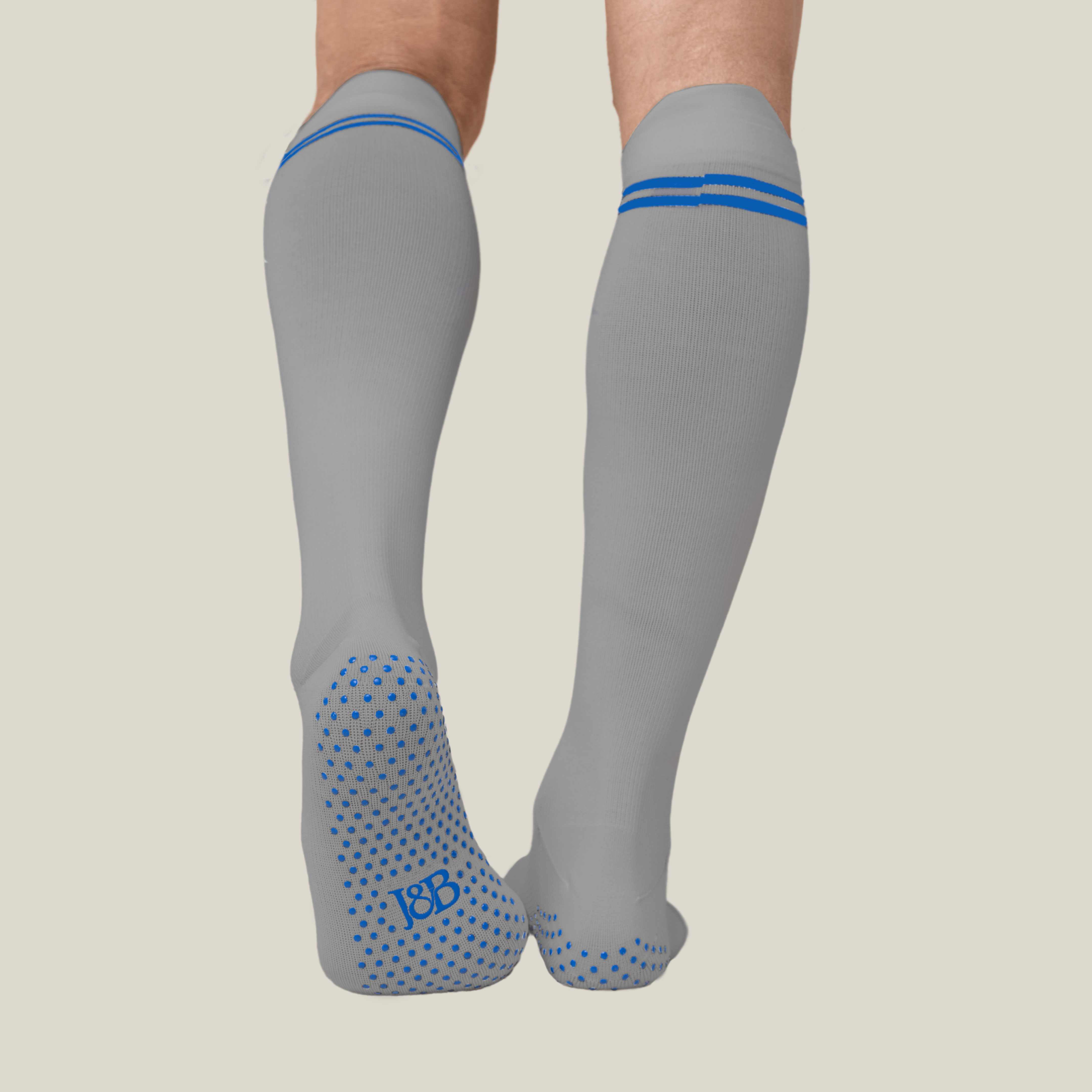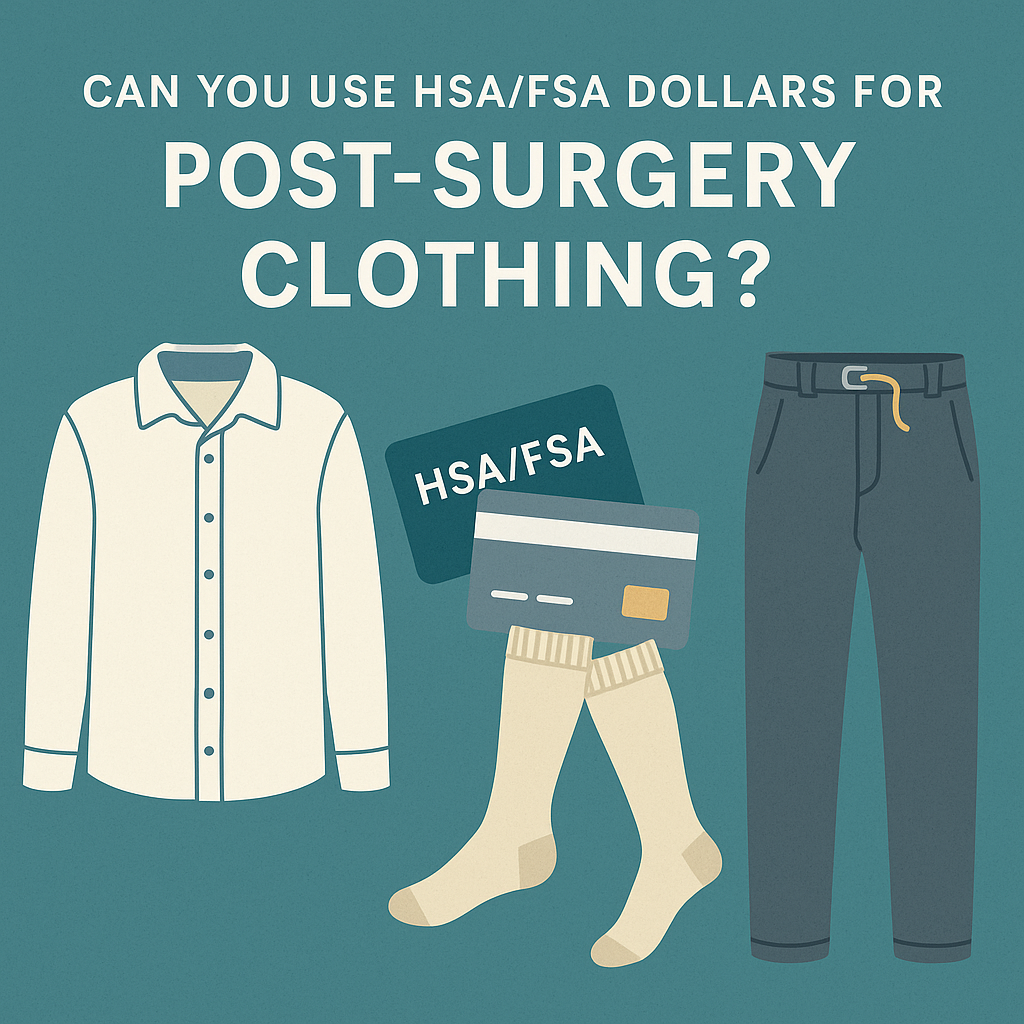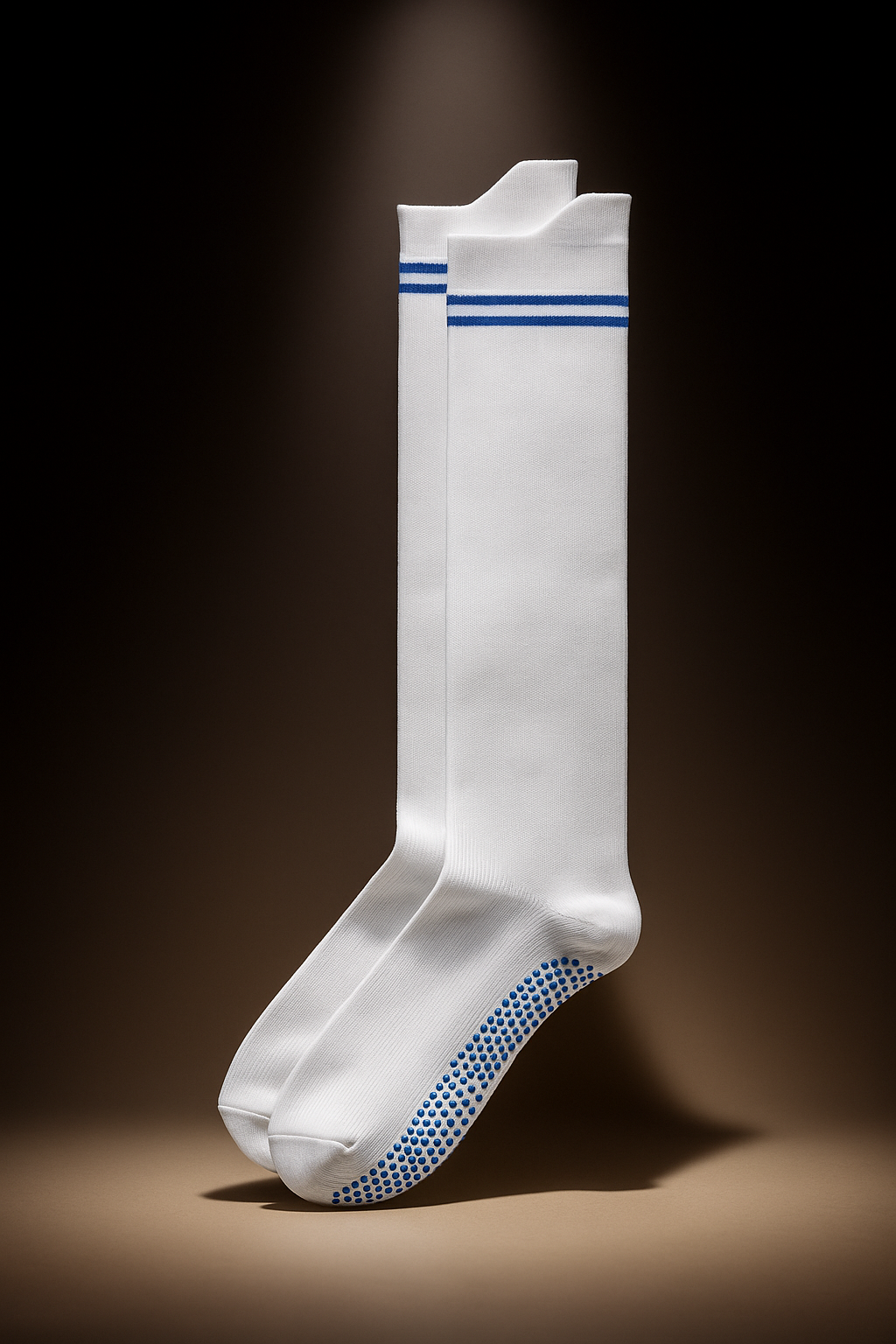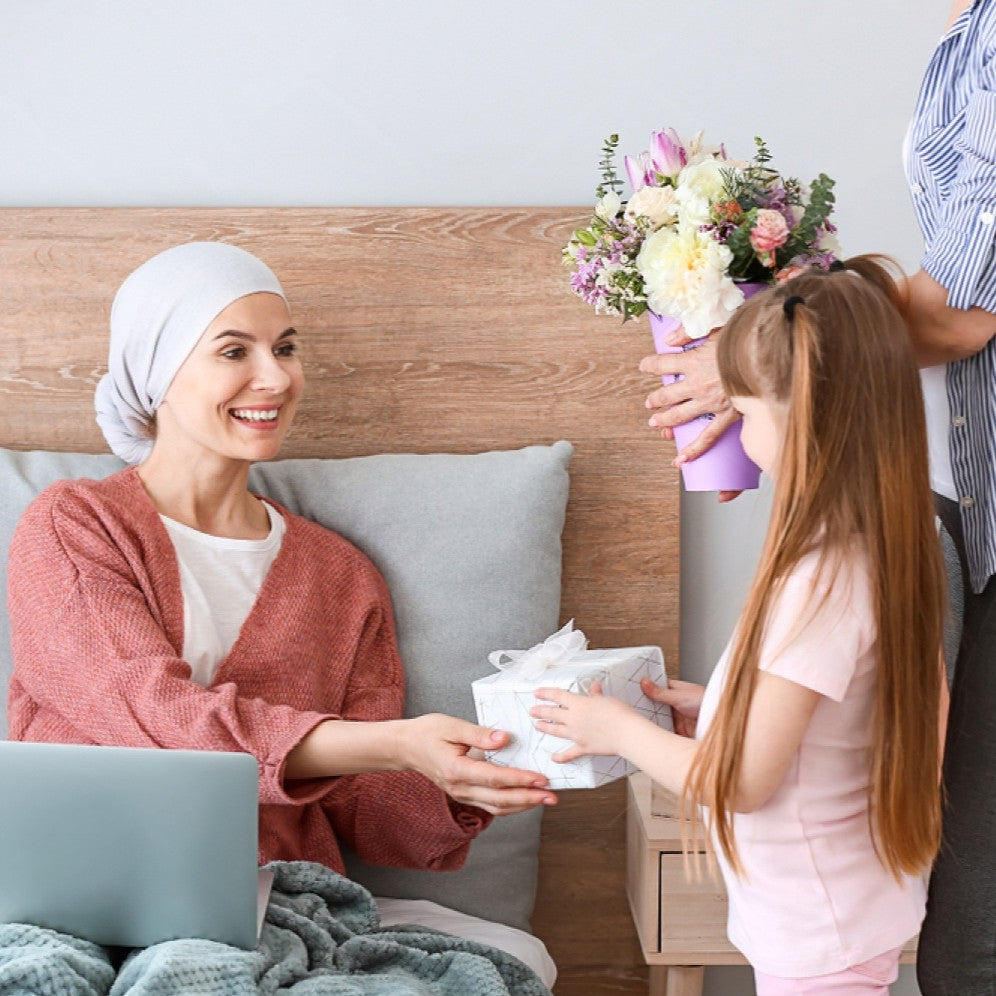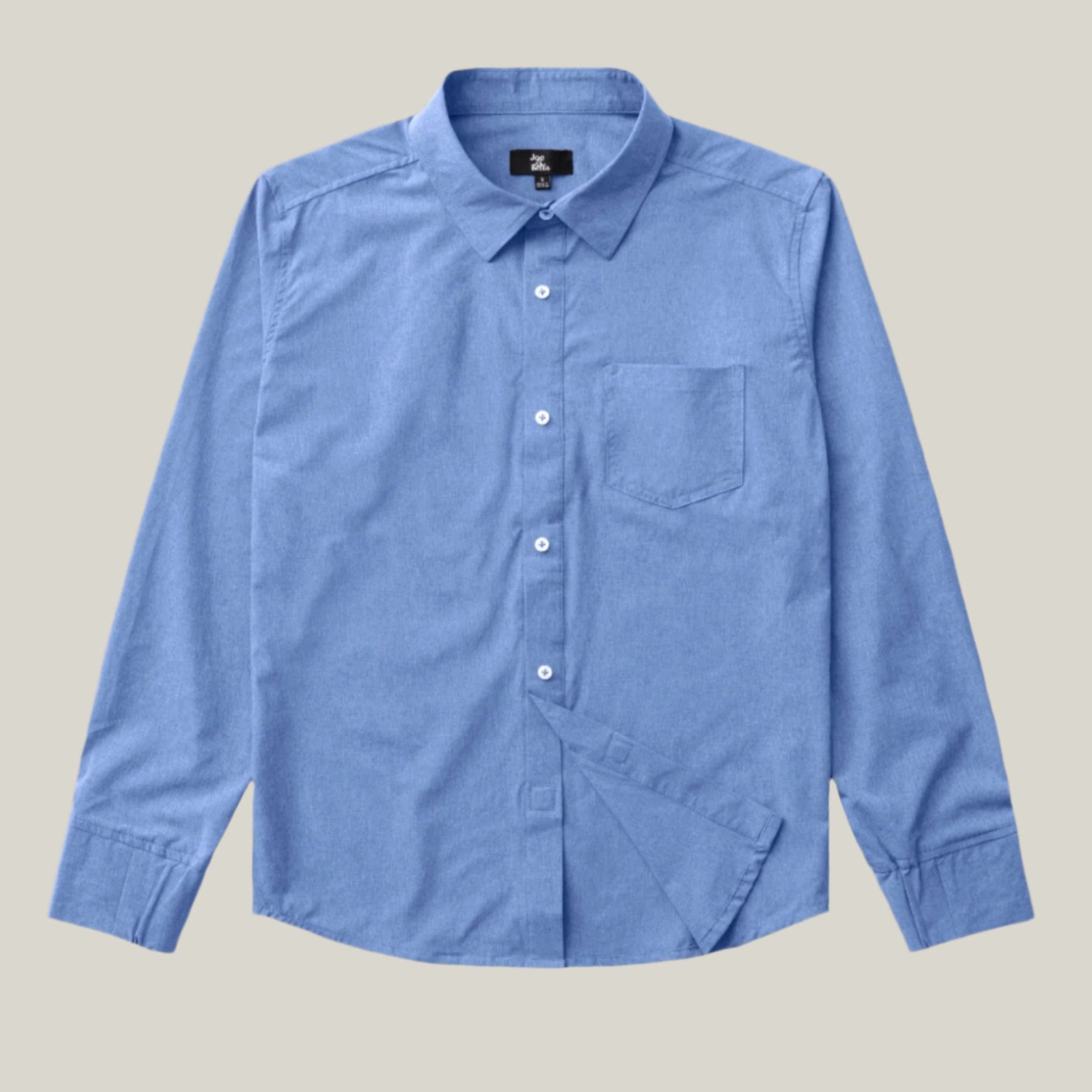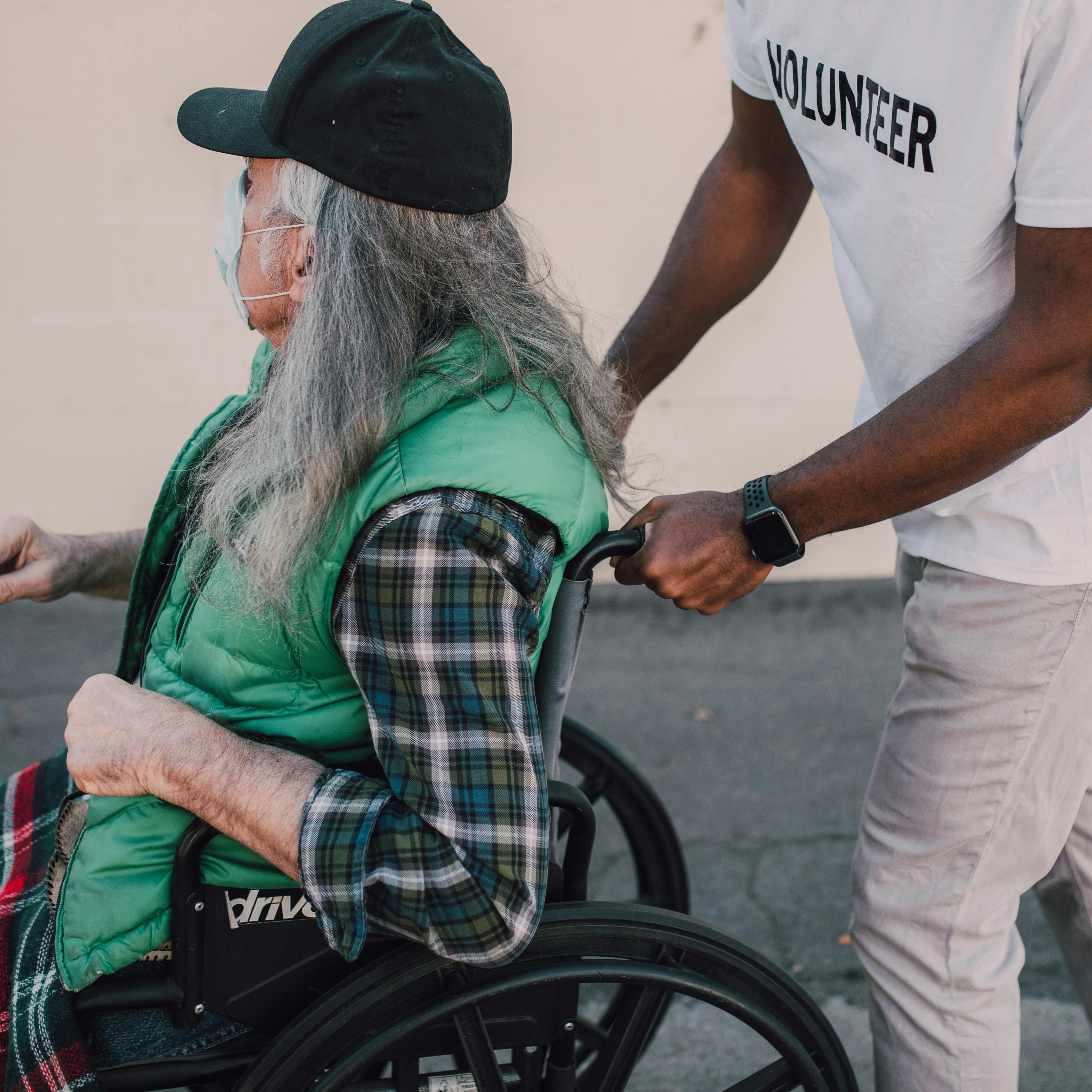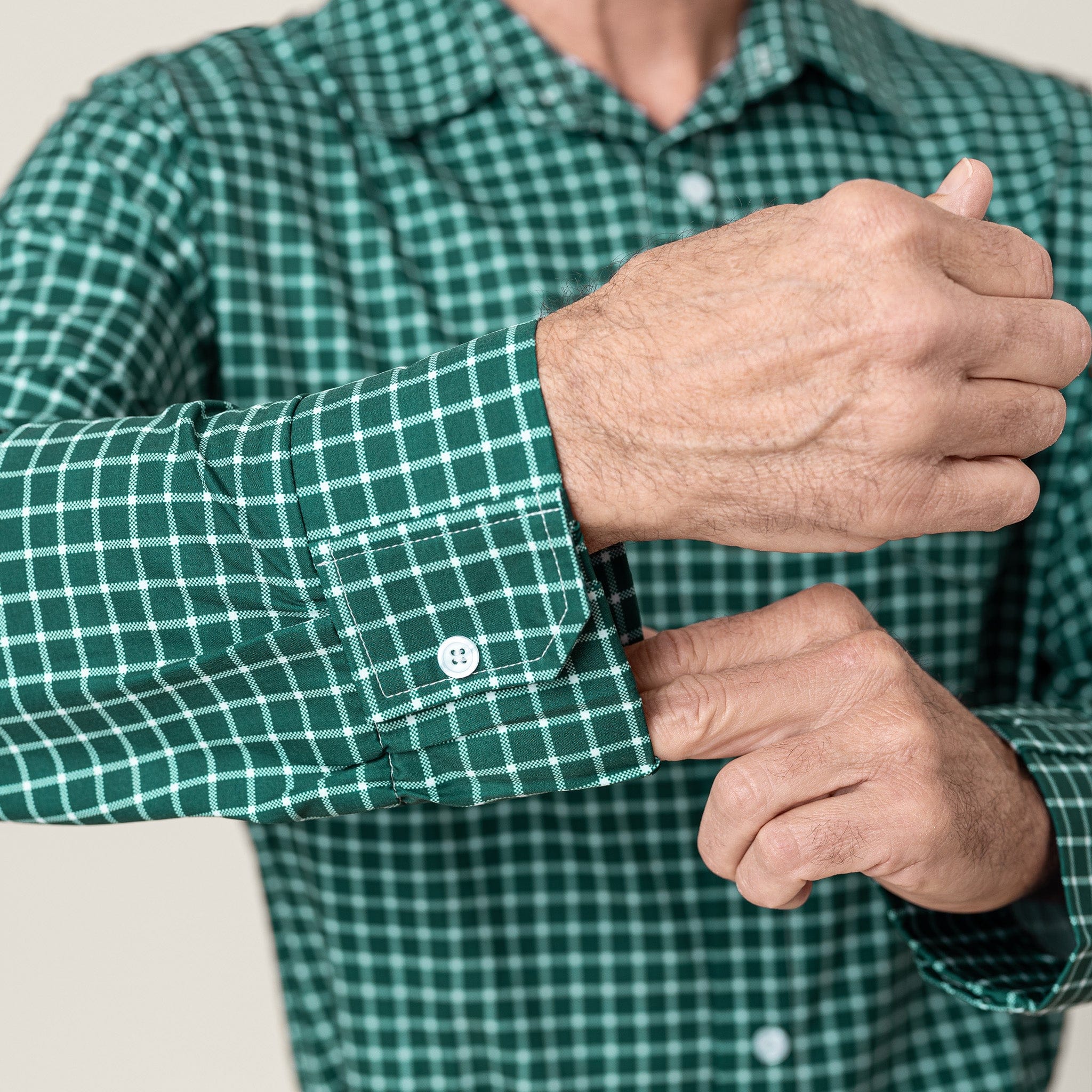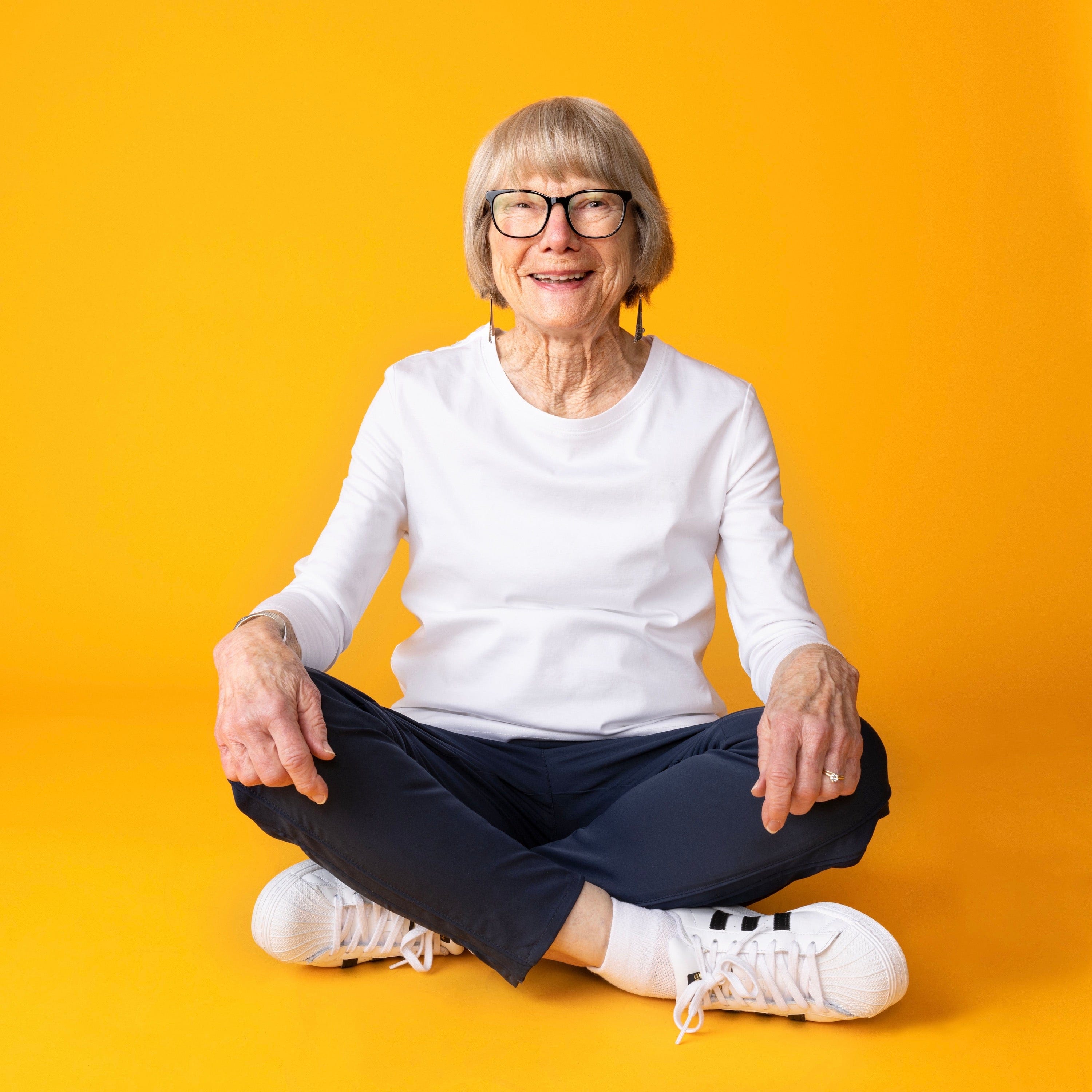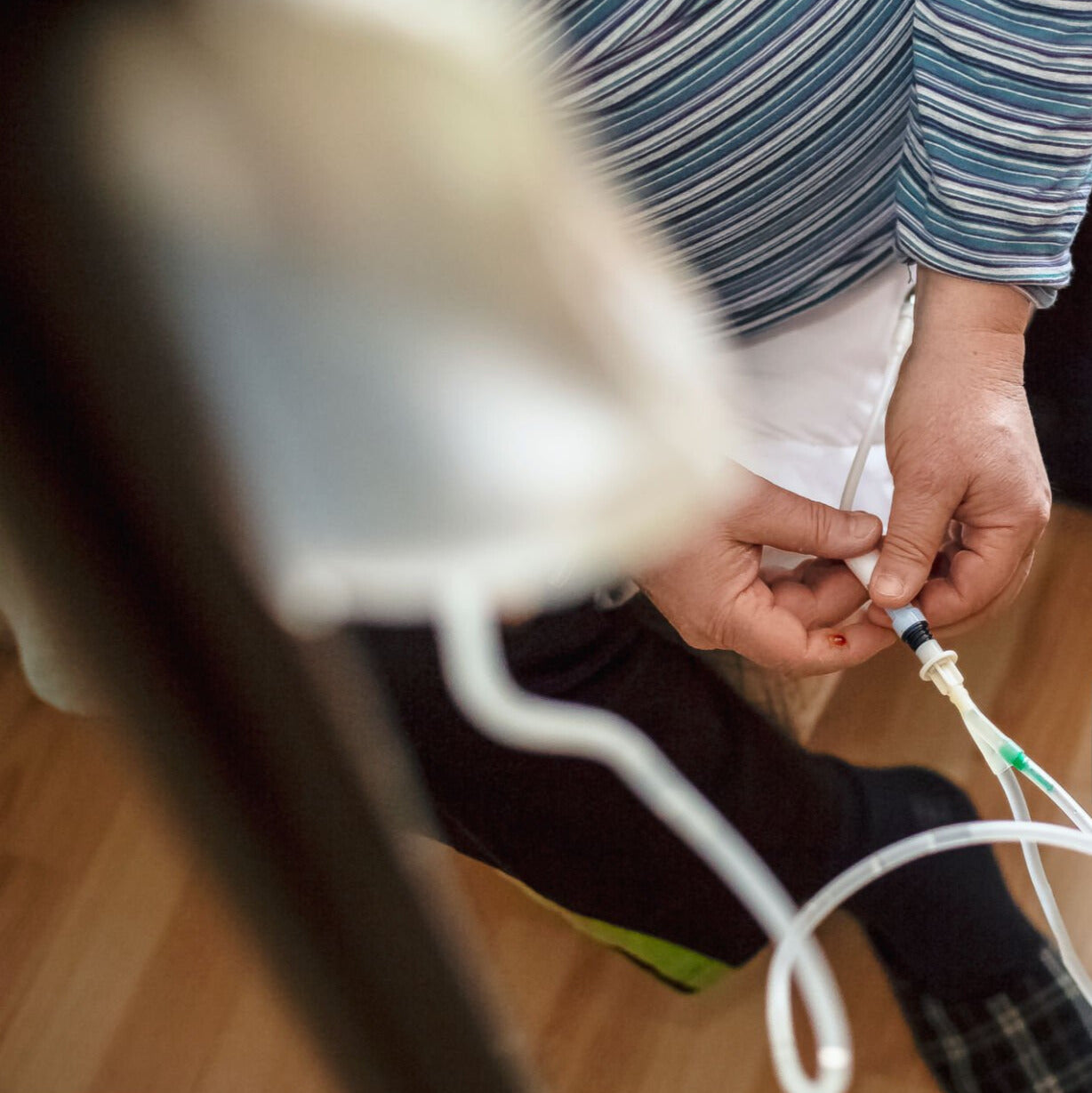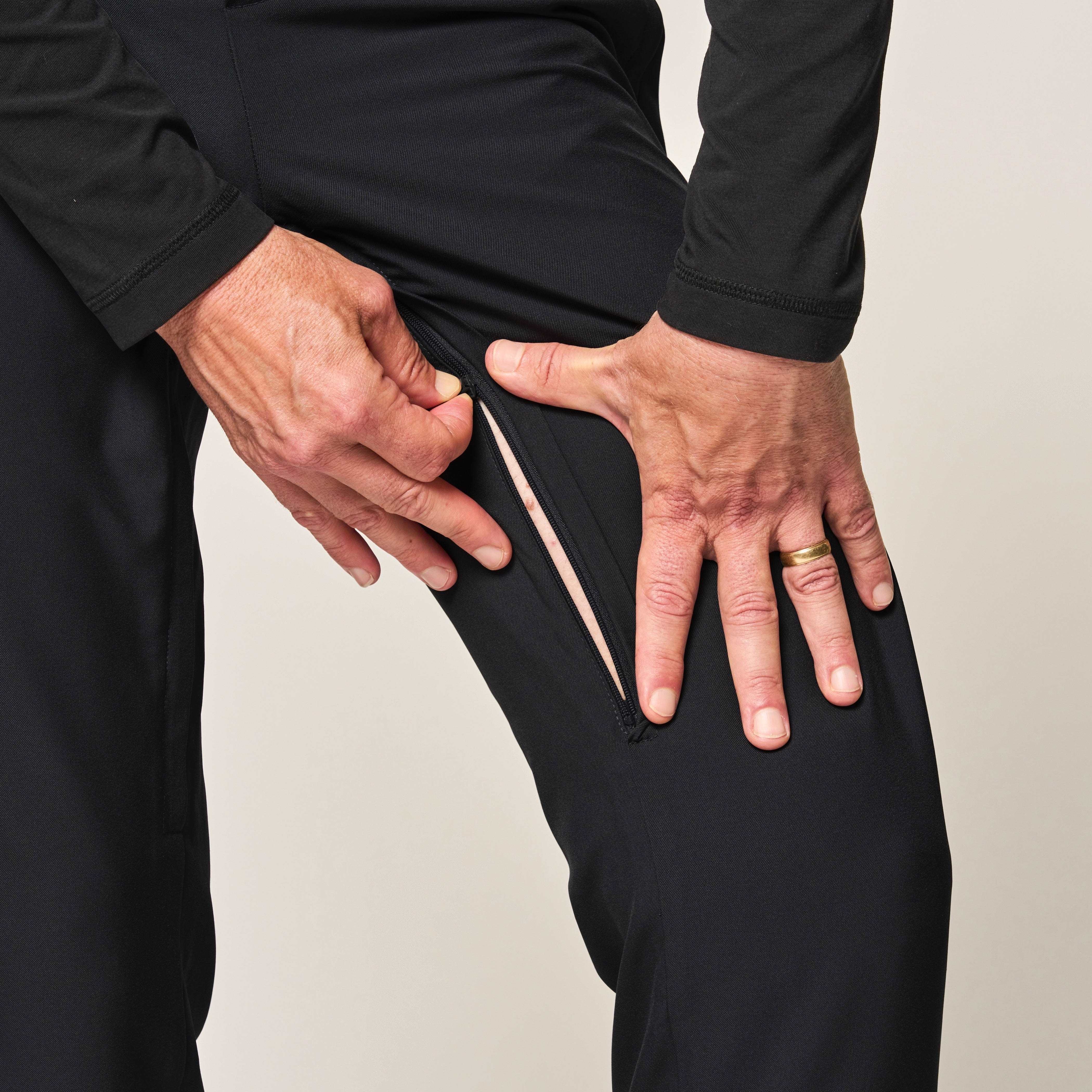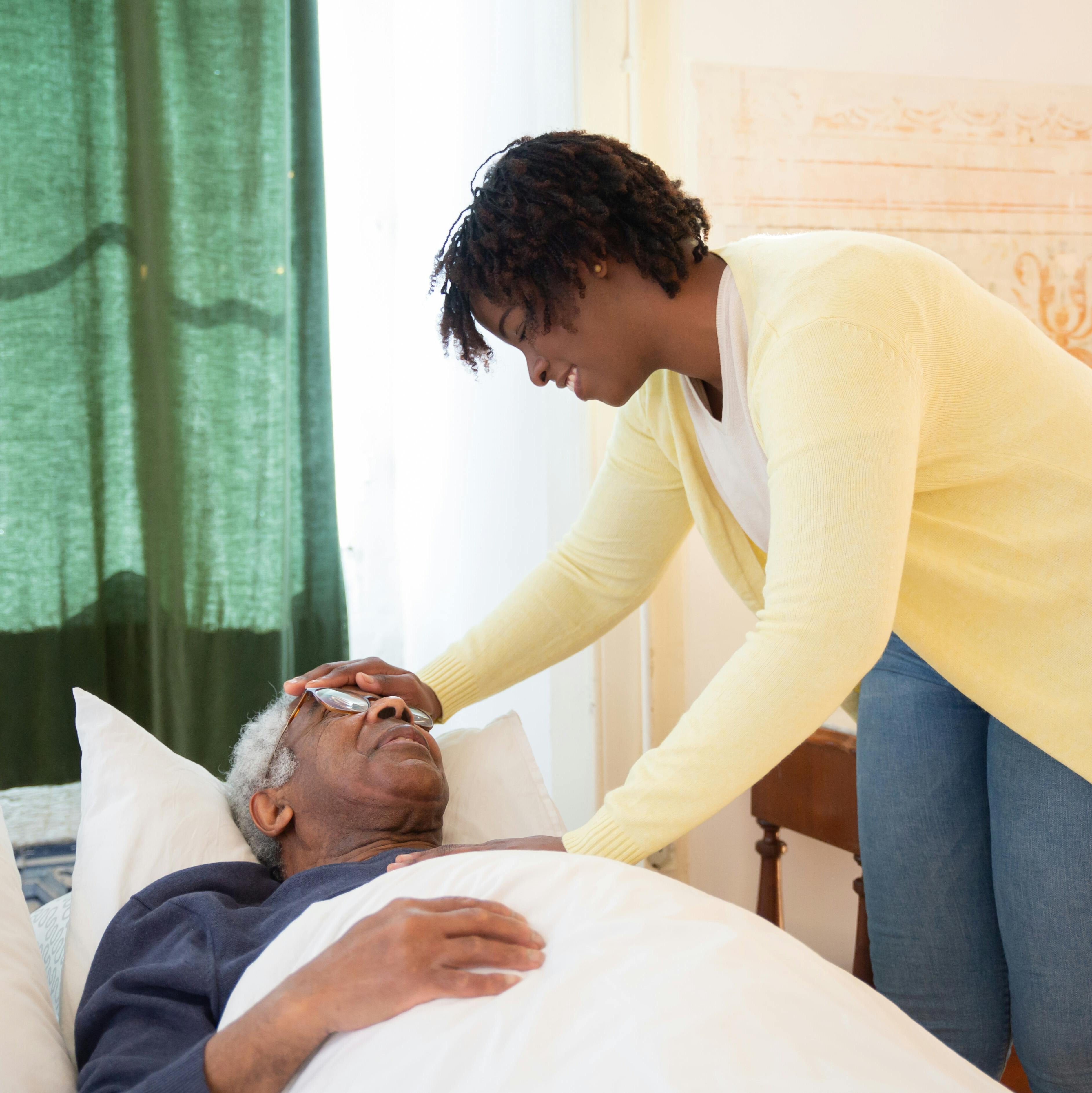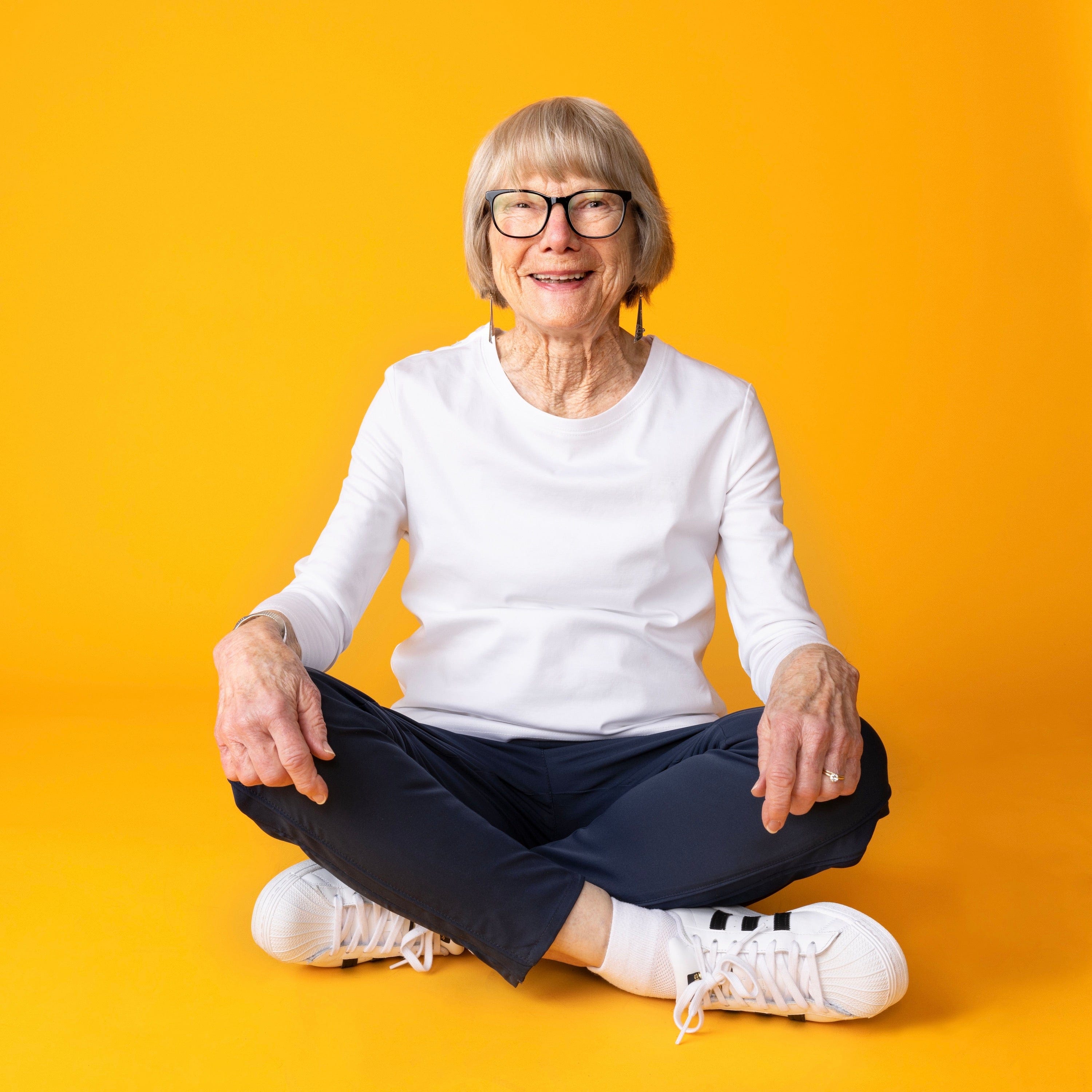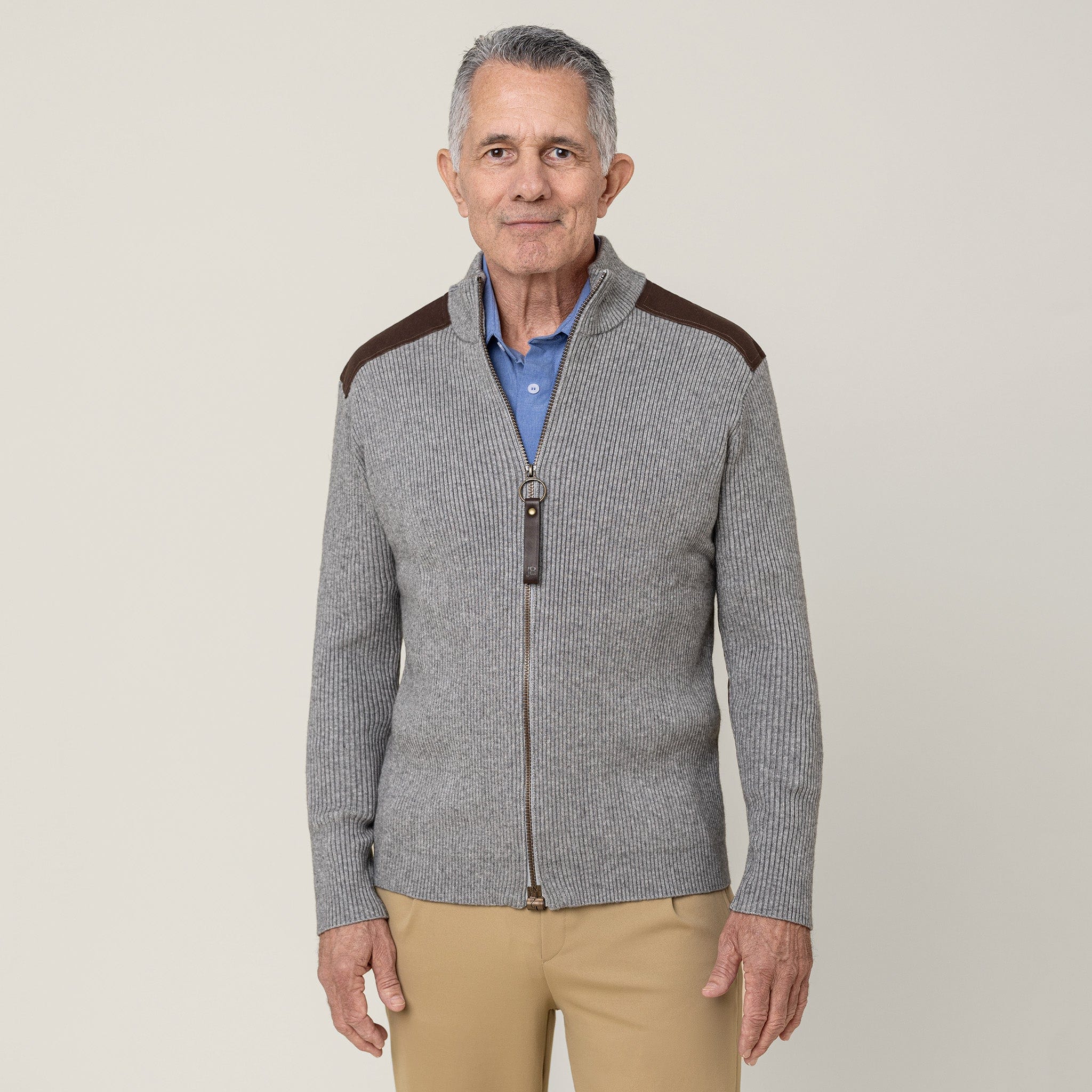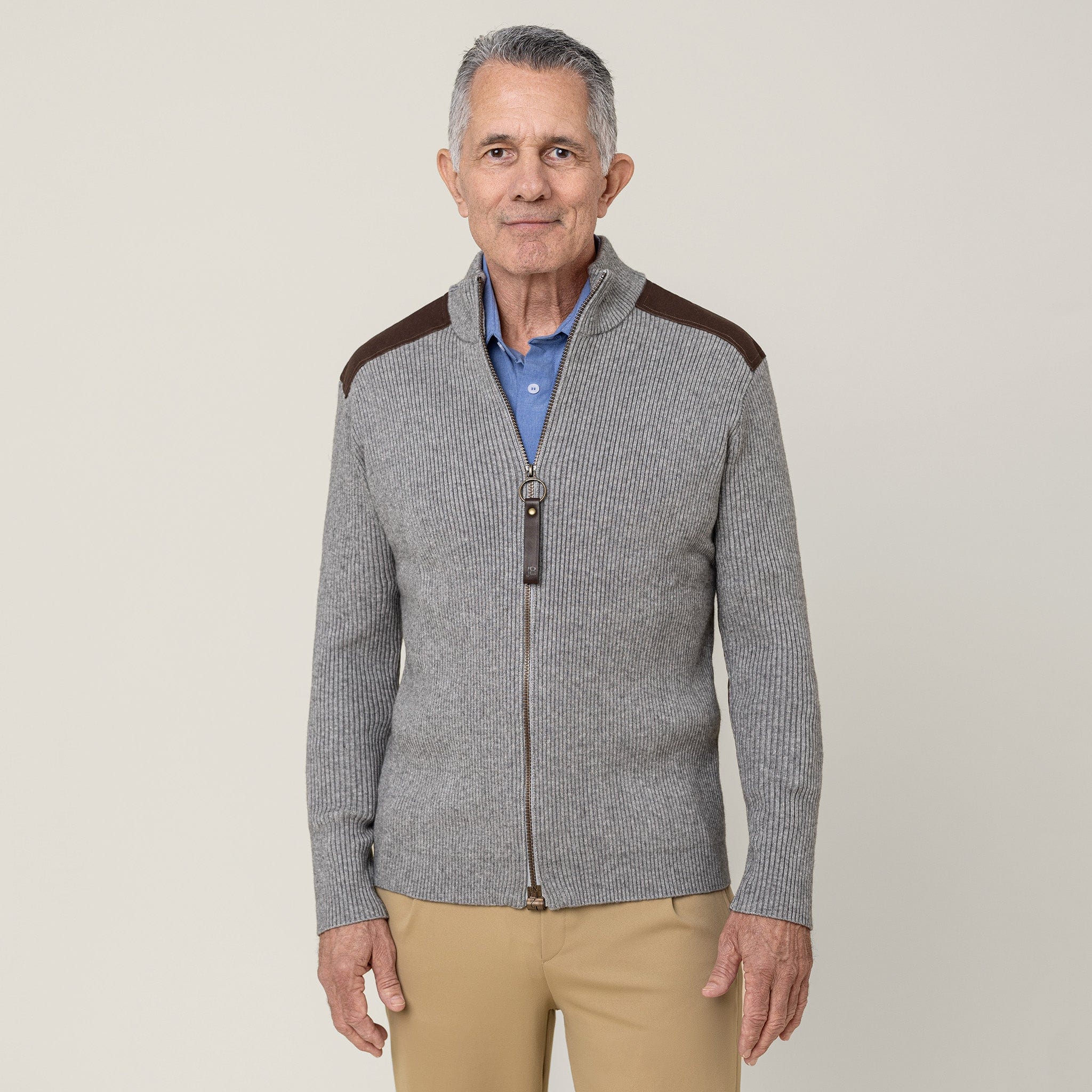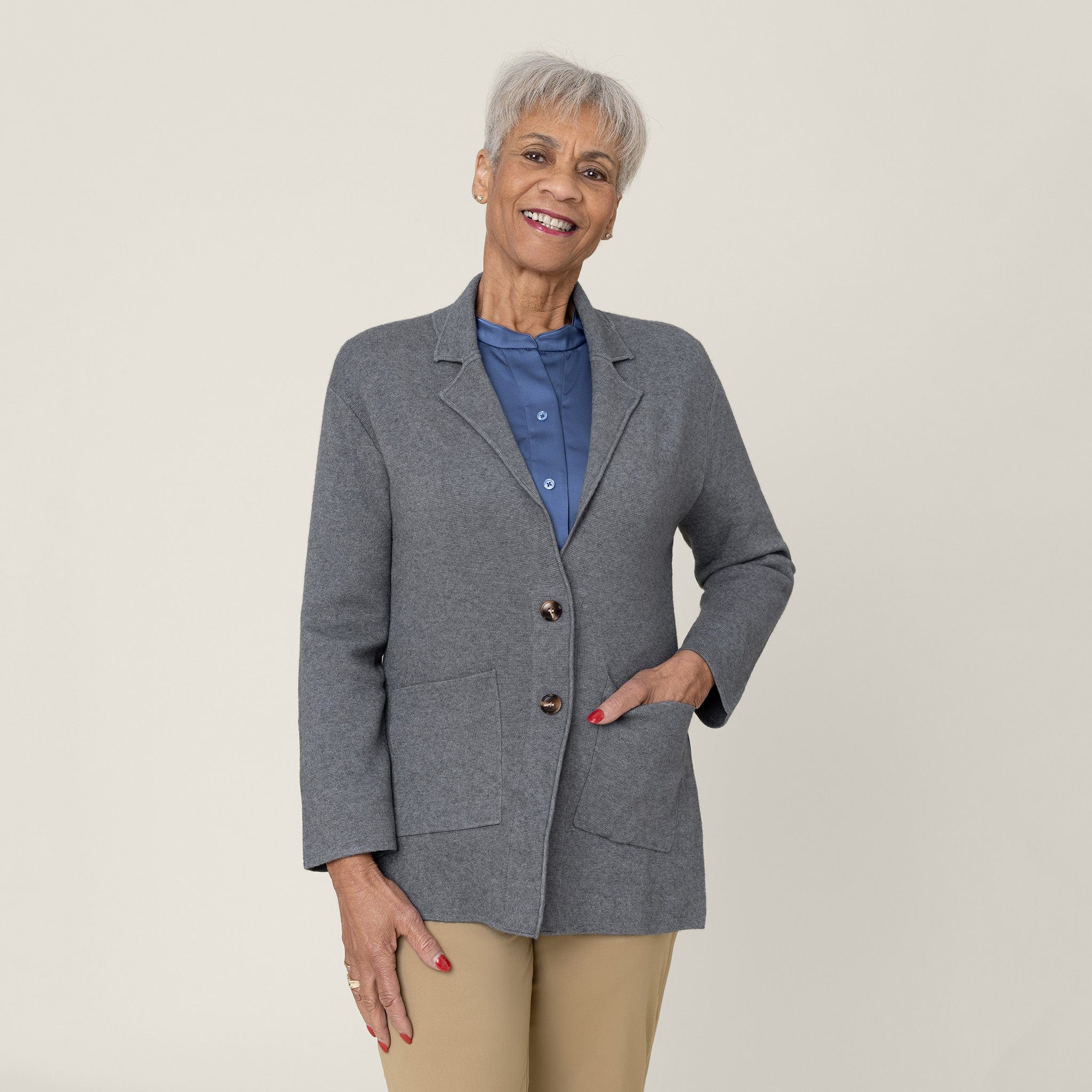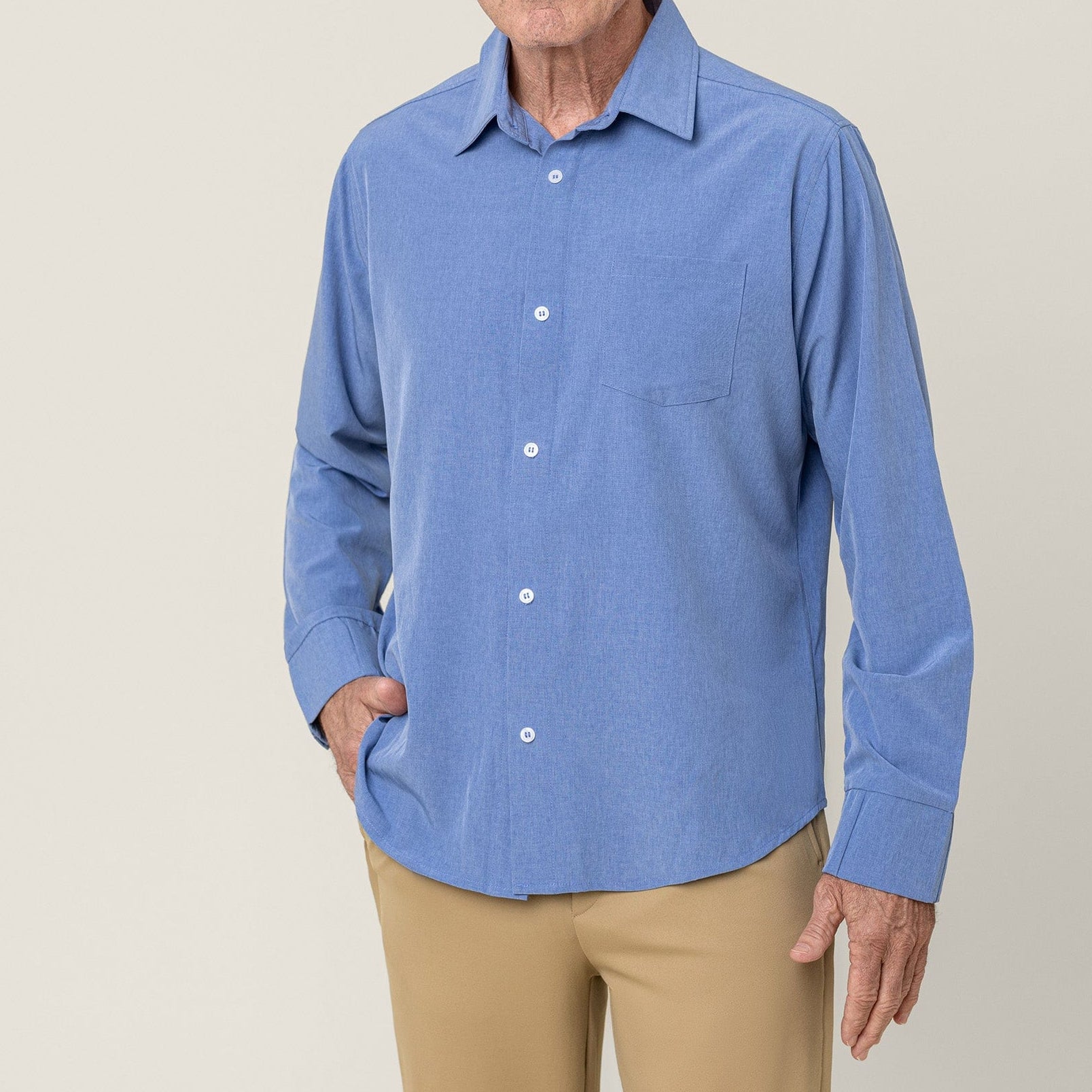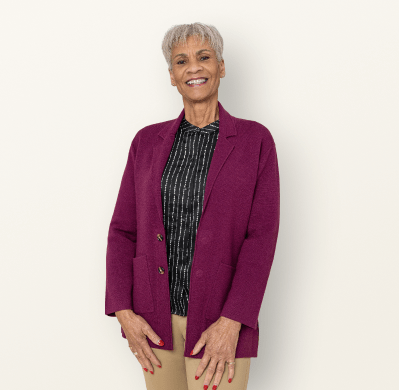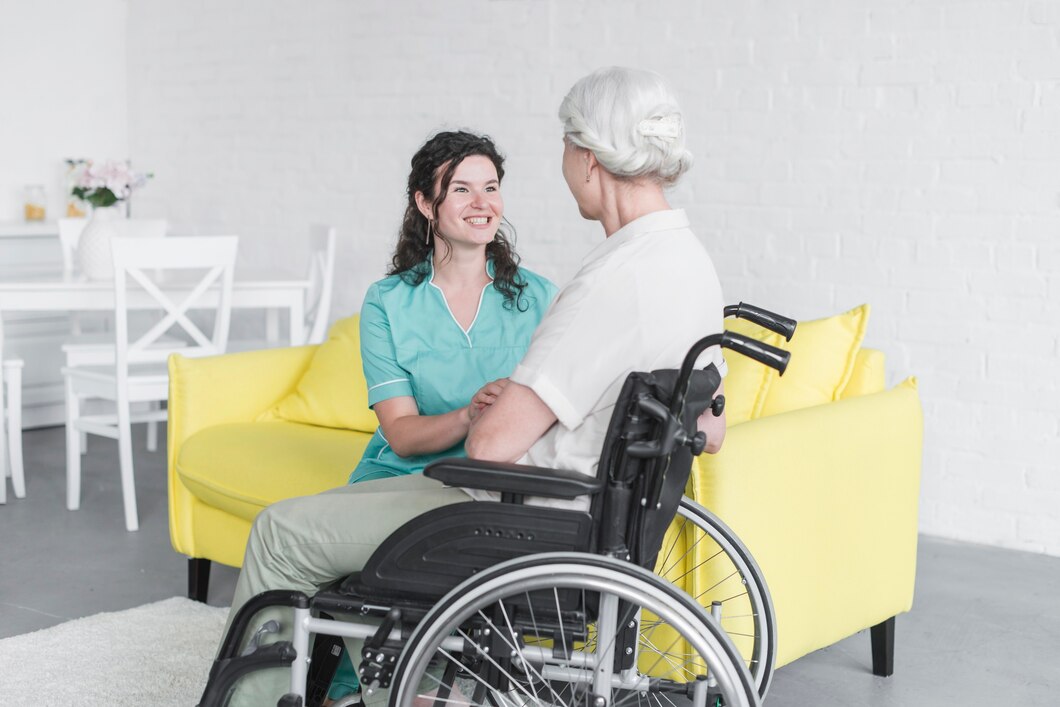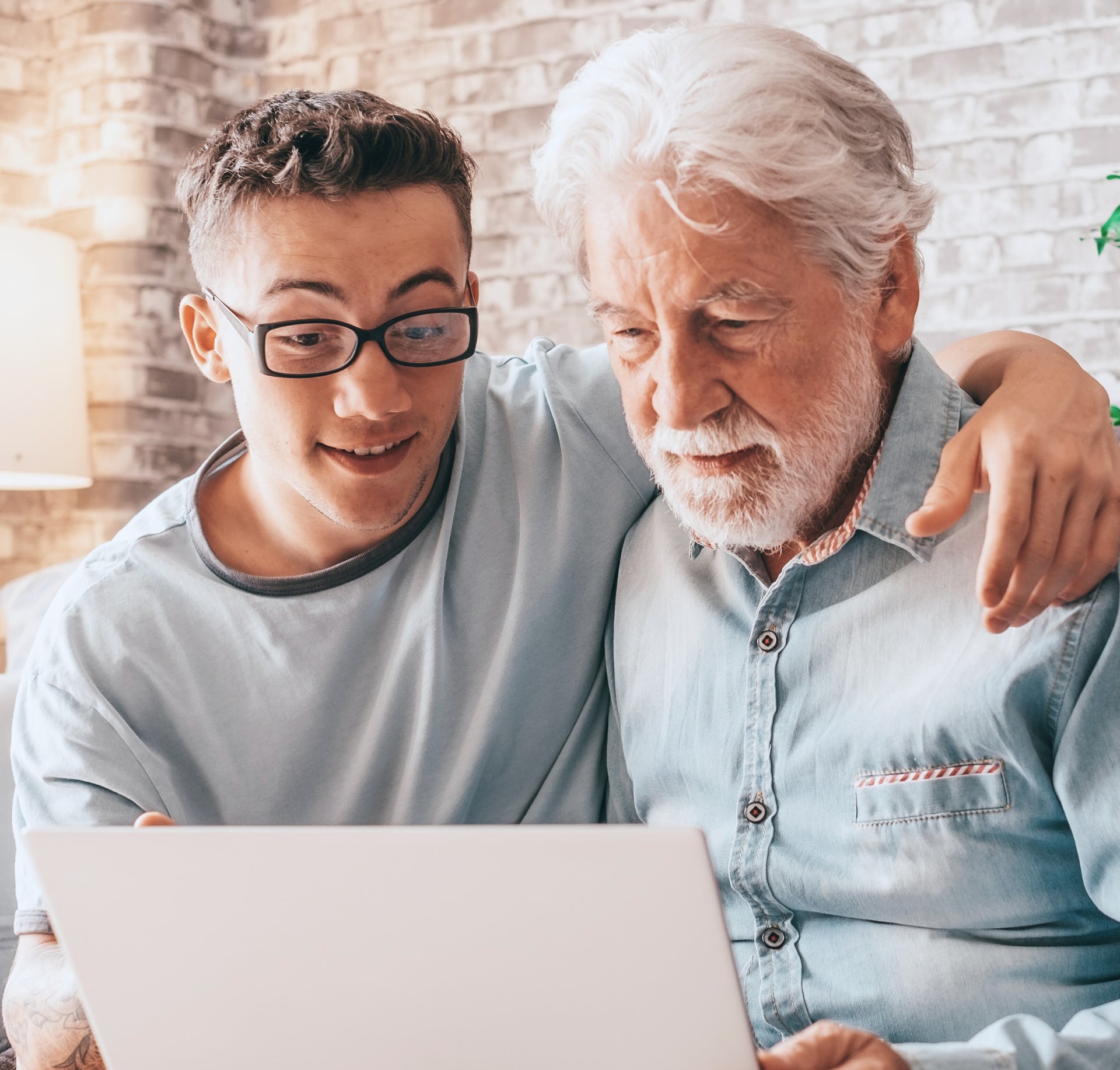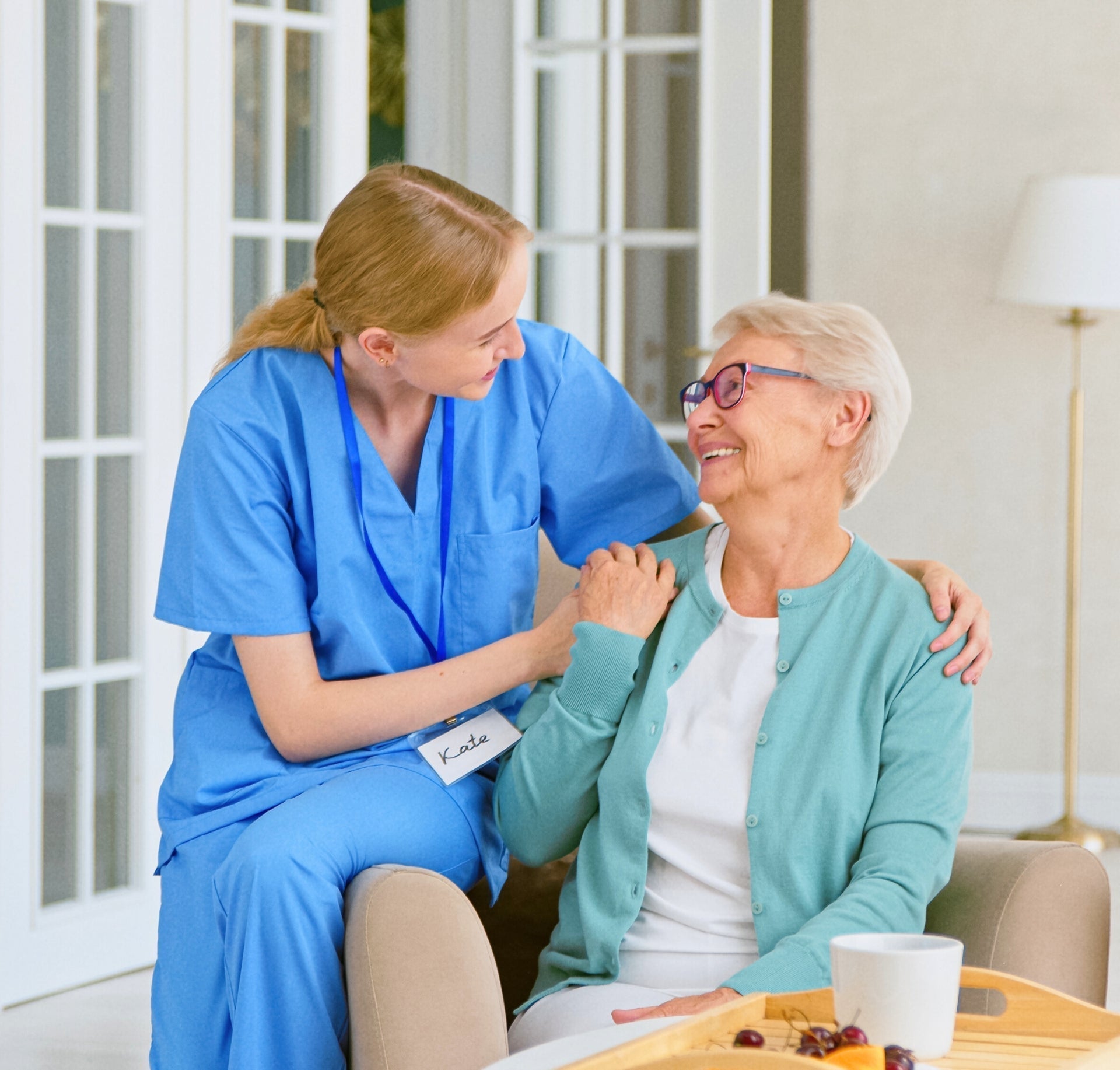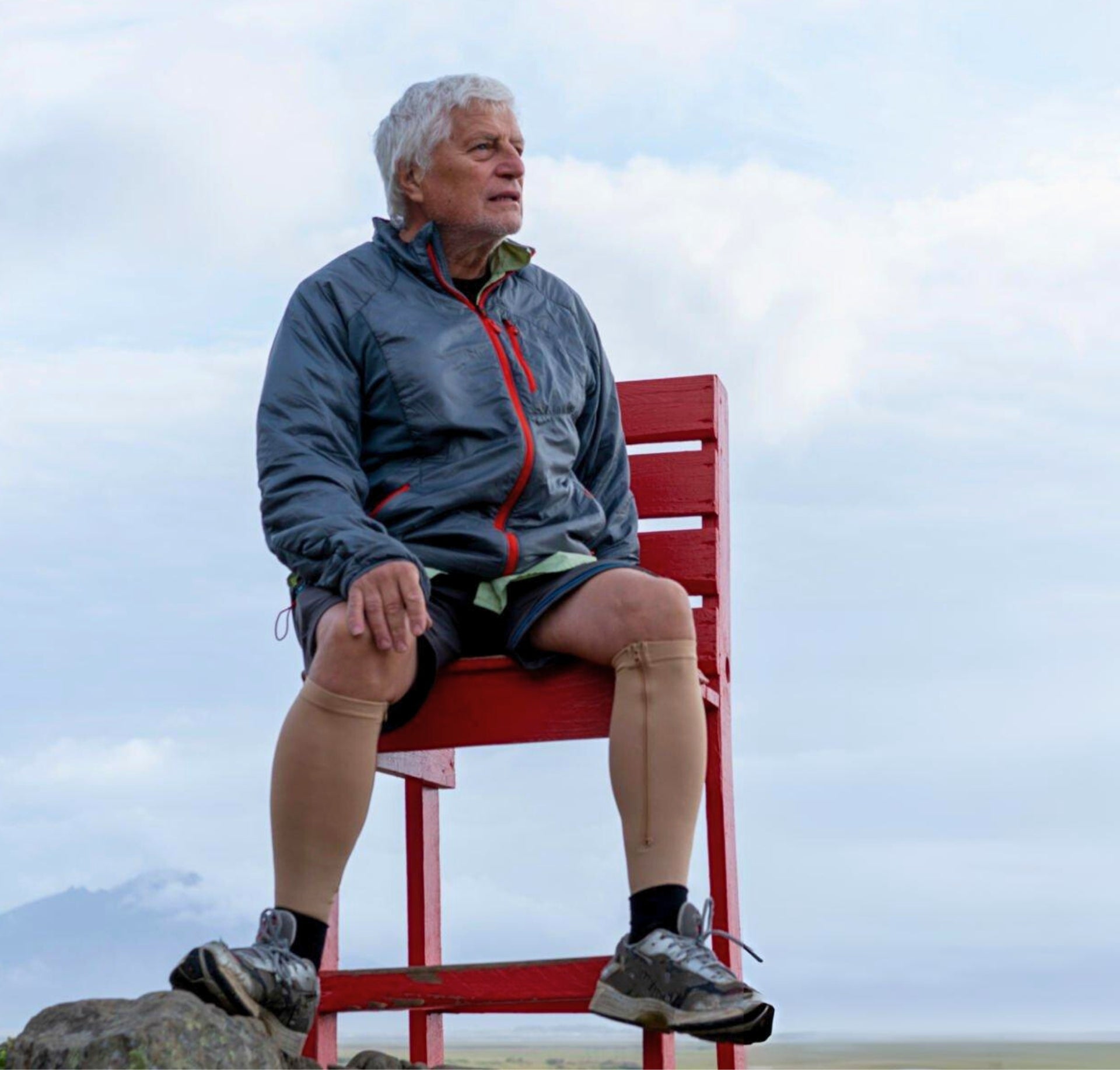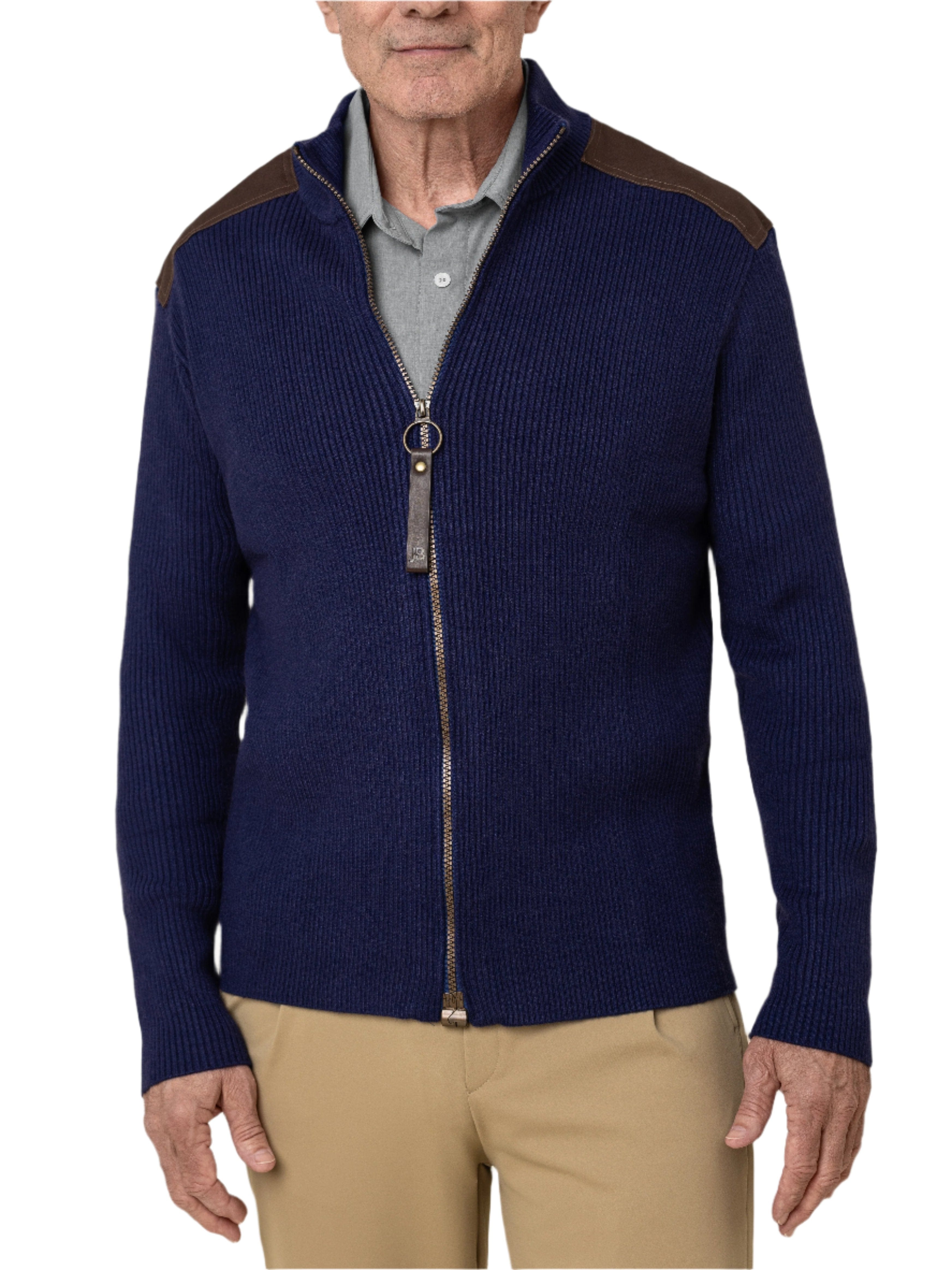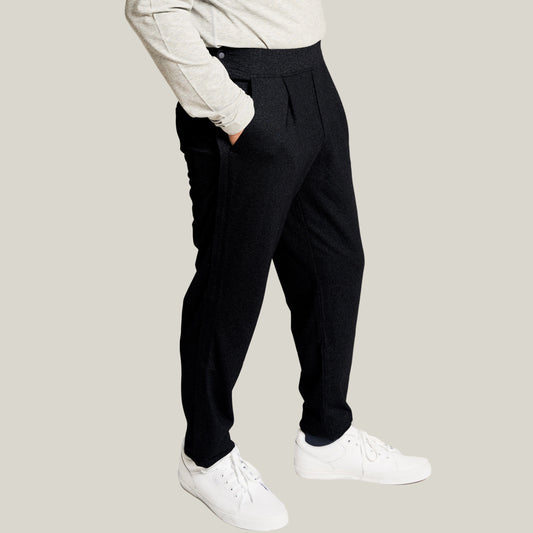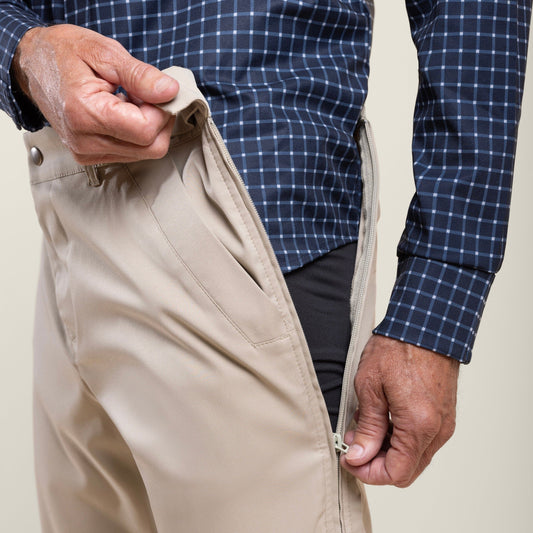This article is part of our series: Learning for Aging Experts. Please check out our previous piece, by Jen Pasternak, Executive Director of Northbrook Inn Memory Care, about what life is like for new residents during their first week.

Sherri Snelling is a leading corporate gerontologist and national influencer on caregiving and Alzheimer’s. Sherri has written books and articles, spoken at national conferences, participated in Congressional briefings, sat on key advisory committees (including the White House Middle Class Task Force), created and hosted webinars and podcasts, led workshops and worked with companies to enhance their brand and thought leadership in caregiving.
She currently serves as CEO of Caregiving Club and as Ambassador for the Caregiver Monday campaign, part of the Healthy Monday initiatives of the Grace Communications Foundation. She also served as Chairman of the National Alliance for Caregiving and currently sits on the local board of the Alzheimer’s Association.
This interview has been edited for length and clarity. Sherri is currently a member of Joe & Bella’s Advisory Board.
How did you originally become involved in caregiving?
My experience runs across the aging spectrum. I’ve worked for the world’s largest healthcare company, a leading regional academic medical center, one of the largest employer work-life benefits companies, nonprofit organizations and advocacy groups, start-up ventures in virtual reality (VR) and online marketplaces, and consumer-technology giants in digital cameras and video games. My connections to Wall Street, Washington, D.C., Hollywood and Silicon Valley allow me to combine my passion with purpose to deliver on the needs of caregivers and older Americans by helping the companies who serve them grow and do good.
I came into caregiving both through personal and professional experiences. When I was in high school, my maternal grandmother had a stroke. She became physically debilitated on the right side of her body. My grandfather struggled to help her full time, so my mom became the primary caregiver, while I tried to help lighten her load. To give my mom a break, I would do the weekend shift, or go over in the evenings, sit with both my grandfather and grandmother. Sometimes I’d give my grandpa a break so he could see his friends, read a book, or make her meals. I continued to help them through college when my grandfather was diagnosed with cancer, glaucoma, and some other conditions that resulted in him needing caregiver assistance, too.
And, over the last 10 years, I became a primary caregiver for my dad and stepdad; they have both passed away since. So, I got a close look at what it takes to be a caregiver, including the tremendous amount of time and energy required that often leads to burnout and exhaustion.
That said, I was lucky enough to not really experience much burnout myself. By the time I became a primary caregiver, I had learned and experienced enough to know how to avoid burnout. I focused on getting breaks. Caregiving can easily become overwhelming and all-encompassing. Taking breaks is really important. You need other value in your life besides caregiving. So getting support from a care team of other family members is really important. But I did see my mom experience burnout. Burnout is not just the physical. Yes, people, including my mom, would get physically exhausted; but I would also see my mom emotionally drained over what was happening with her parents. It’s really difficult to watch one’s parents decline and sometimes even seeing daily changes that are heartbreaking.
In terms of my professional experience, when I joined United Healthcare (UHC), I was working on a program that was a benefit to our medicare recipients. We wanted to help caregivers get more support. So in this program, caregivers could get a geriatric care manager and help from an elder law attorney to create living wills or durable power of attorney documents. I managed that program, which was my first professional experience within the world of caregiving. I stayed at UHC for about a decade. My role changed through the years, eventually morphing into one at the enterprise level. My expertise was in family caregiving. I looked for strategic partnerships and ways to innovate in the space in order to improve caregiving. I looked for avenues in which we could support different population groups, like the dementia community and their caregivers. After I left UHC, I started The Caregiving Club. And 10 years later, here we are!
What was the vision for the Caregiving Club?
First, it’s not an actual club with official membership! I talk about it as a “club” you never really realized that you would join or want to be in, but found yourself there anyway. When looking online for information relating to caregiving, I noticed there was a lot of focus around caring for a loved one but not for yourself. No one talked about the challenges facing caregivers. And I felt that perspective was so wrong. The caregiver is part of the caregiving equation. Why is there no help for them? So I took that as my charge to bring awareness to caregivers to help them find that balance in their life. How do you not lose your joy and happiness while still being a good caregiver? How do you give proper care and attention to your job, kids, spouse, care recipient, and yourself?
I took two paths to accomplish this. I consult with large organizations like AARP and QVC who want to better understand caregiving. This work resulted in those organizations actively considering the experience of caregivers. They created products and advocated for policies on their behalf, improving caregiving from the top down. The second path was content creation. I work with organizations mostly doing educational content to provide caregivers with as many tools and resources as possible to take care of their care recipients and themselves. This bottom-up approach has resulted in countless caregivers gaining valuable tools to put in their caregiving toolbelt. And they joined a community of like-minded people who are struggling to find balance and avoid burnout just like them.
How do you think caregiving has evolved over the last decade?
Gratefully, caregiving is much more on people’s radar than it was 10 years ago. The definition of caregiving and the profile of caregivers has changed. It used to be a woman in her 50s caring for a mom in her 70s. Now we see diversity among caregivers, resulting in a “no-one-size-fits-all” approach. We have Gen Z, people in high school and college, acting as primary caregivers. Millennials currently make up 25% of caregivers in the country, which is pretty eye-opening since the oldest Millennials are still in their 30s. Spousal caregiving has increased because people are living longer, so we see spouses playing longer and more significant roles.
This diversification of caregivers has led to a broader desire for more information. That said, most people wait until they’re in crisis for information, which hasn’t changed. I’m trying to work on messaging to fix that. Caregiving for most people is reactive, and we don’t react until it’s become an urgent need.
We’re looking to reframe the narrative around caregiving among employers and HR departments. Instead of saying that caregiving will happen later in life, we want everyone to understand that it can happen at any time. So how do we as employers help support our employees who will often become caregivers without much warning or preparation? If we can look at caregiving not as a ‘what if’ but a ‘when,’ then we’re more likely to be prepared as both individuals and organizations.
Having those conversations about caregiving earlier, and identifying oneself as a caregiver is important. People still identify as a wife/husband/daughter/son instead of a caregiver. And when caregiving takes up a significant amount of your time, while also consuming a tremendous amount of your emotional bandwidth, it’s important to embrace that caregiving identity.
Storytelling is so essential. We want to elevate the role of caregiving to convey that it’s not an intrusion on your ‘normal life.’ ‘Caregiving crisis’ is negative language, which is the way most people describe caregiving. It’s a negative frame. And it doesn’t have to be like that. We want to recognize caregivers as heroes. They already are, of course, but they’re not celebrated like it. You look at the fully deserved adulation that nurses, teachers, and firefighters receive. But, you don’t see that type of public, collective, and cultural appreciation for caregivers. We need to change that.






